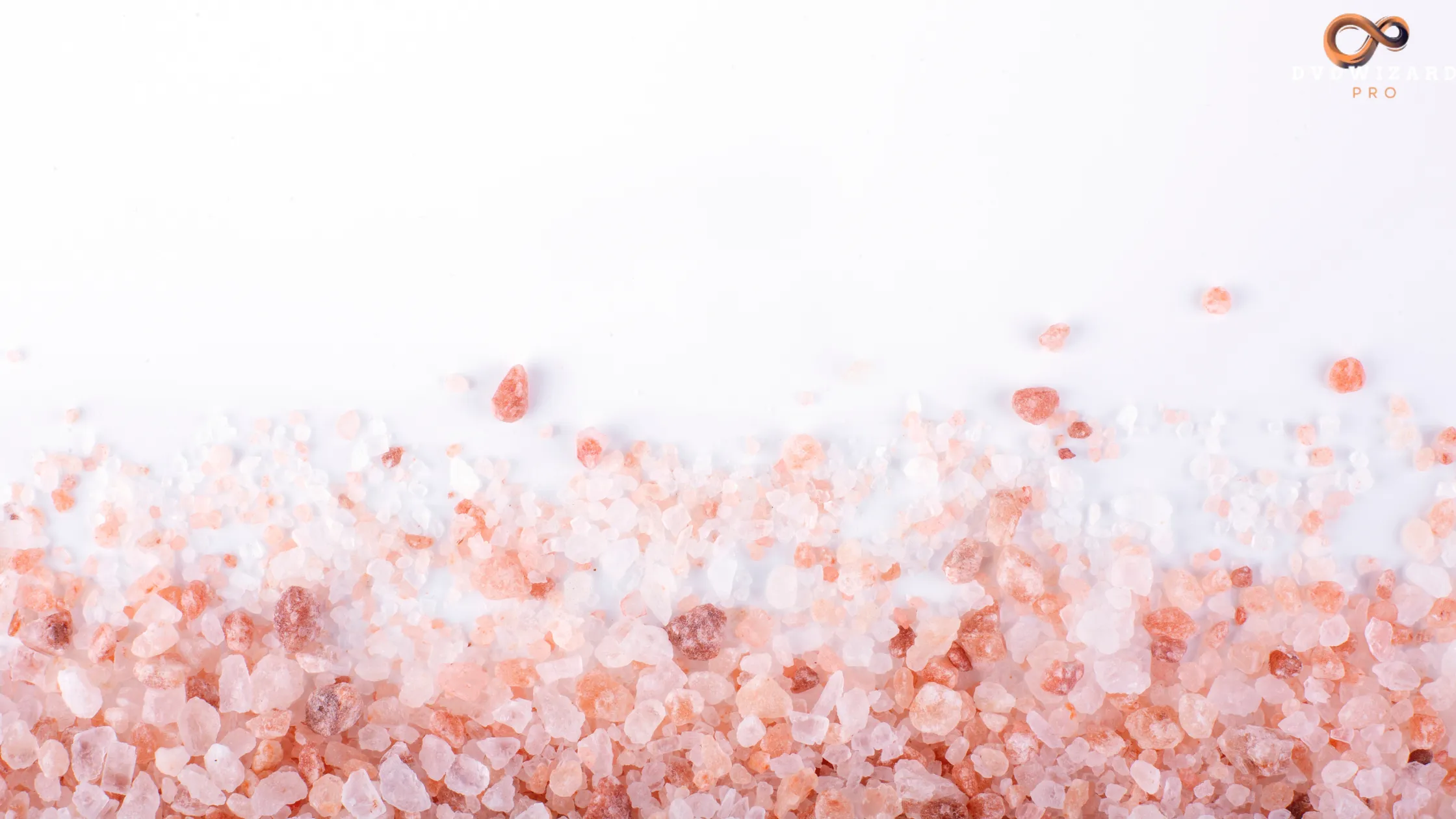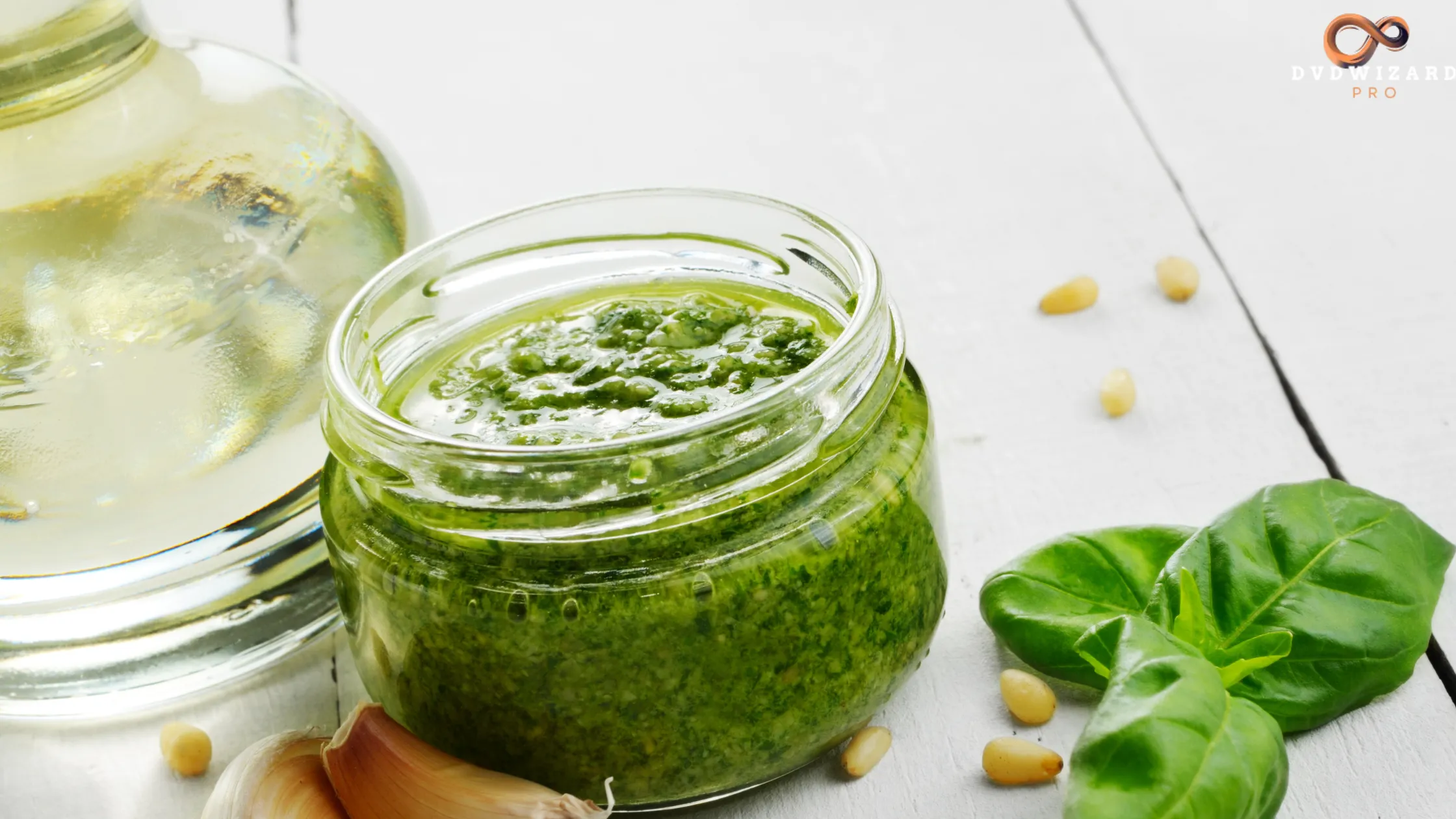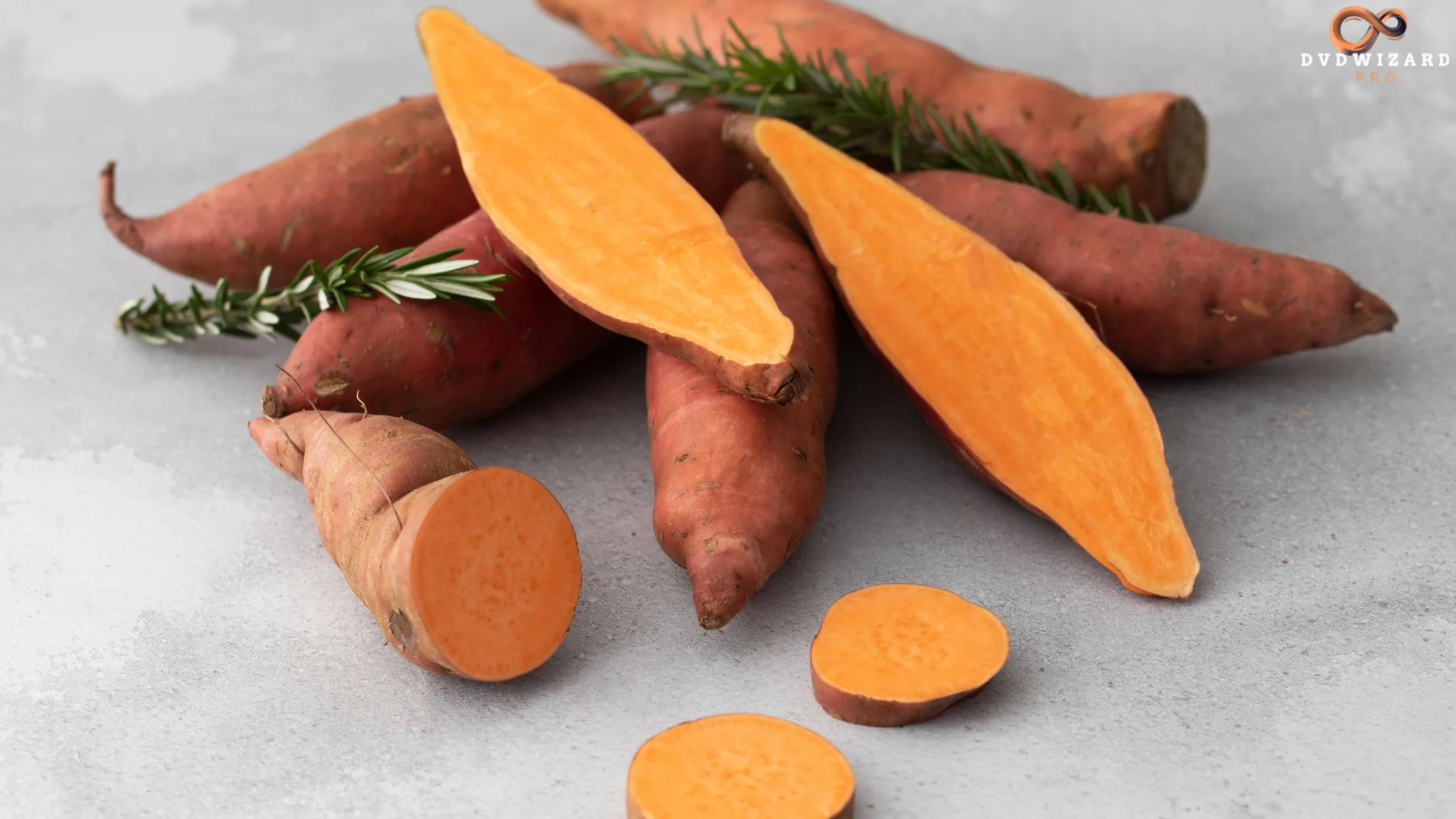Table of Contents
Salt is an essential part of our diet and daily life. There are many types of Salt, from regular table salt to pink Himalayan salt. Each type has its own unique traits. One type of Salt that has gained popularity is pink Tibetan Salt. It is often compared to pink Himalayan salt. People say it has health benefits because of minerals like magnesium, calcium, and potassium.
Many wonder if Himalayan salt is a better choice than regular salt and if pink salts offer health benefits. This article explores their myths, benefits, and sodium content compared to sea and kosher salt.
What is Pink Tibetan Salt?
1. Origin and Extraction
Pink Tibetan Salt is a natural rock salt from the Himalayan region, often mistaken for Himalayan pink salt from the Khewra Salt Mine in Pakistan. Over millions of years, it formed from the evaporation of ancient seas, creating one of the largest and oldest salt deposits today.
The pink hue comes from iron and trace minerals, giving it a unique composition. Unlike regular table salt, it is minimally processed and free from additives. This pure Salt is widely used for cooking, skincare, and therapeutic purposes.
2. Why Does Pink Tibetan Salt Have a Pink Hue?
The pink color of this type of Salt comes from trace minerals, mainly iron, which gives it a natural hue. Along with iron, it contains magnesium, calcium, and potassium, contributing to its mineral-rich composition.
Like Himalayan pink salt, these minerals give this salt its distinctive pink hue. The shade can vary depending on the mineral content in each crystal.
Mineral Composition of Pink Tibetan Salt
This type of Salt contains over 80 trace minerals, making it a preferred choice for those seeking a less-processed alternative to table salt.
1. Minerals Found in This Pink Salt
The minerals in the Salt include:
- Sodium chloride – The primary component that makes up most types of Salt.
- Magnesium – Helps with muscle function and nerve signaling.
- Calcium – Important for strong bones and teeth.
- Potassium – Essential for heart and muscle function.
2. How Does It Compare to Regular Table Salt?
- Regular table salt undergoes heavy processing and refining.
- Pink Salt contains trace amounts of minerals, but the difference in sodium per teaspoon is minimal compared to regular table salt.
- Iodized Salt contains iodine, which prevents iodine deficiency, while Pink Tibetan Salt lacks significant iodine levels.
Health Benefits of Pink Tibetan Salt
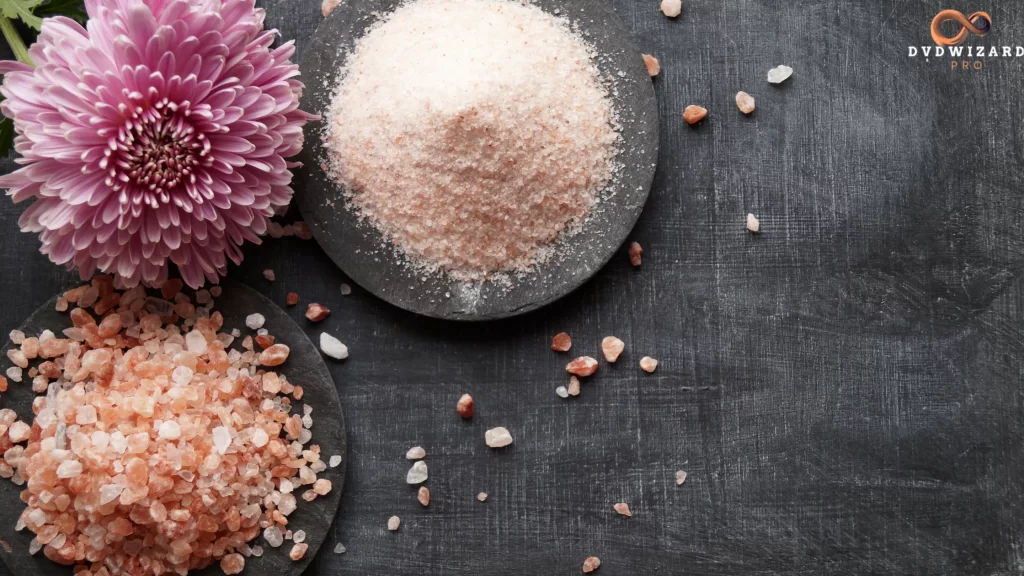
This natural Salt offersoffers many health benefits compared to regular Salt. While some claims have scientific backing, others are largely based on myths.
1. Supports Hydration and Electrolyte Balance
This Salt has trace minerals. It may help replenish lost electrolytes. This is similar to how Himalayan salt is often promoted for hydration.
2. Aids Digestion and Gut Health
Some people add Himalayan pink salt or other pink salts to detox drinks, believing it aids digestion by balancing stomach acids.
3. Can It Lower High Blood Pressure?
A common misconception is that pink Salt contains trace amounts of minerals that may help regulate high blood pressure. However, salt intake should always be monitored, as consuming too much Salt can still contribute to high salt intake.
4. Benefits for Skin and Detoxification
Pink Tibetan Salt is often used in salt water therapy and baths to cleanse the skin. Salt blocks are even crafted into salt lamps, which are claimed to purify the air.
5. Can Pink Tibetan Salt Help with Respiratory Health?
Some people use lamps and salt inhalers, believing they may aid respiratory function. While there is limited evidence, many claim they feel better after using these salt deposits.
Also Read: Pork Butt Fat Side Up or Down? The Ultimate Smoke Secret!
Myths and Misconceptions about This Pink Salt
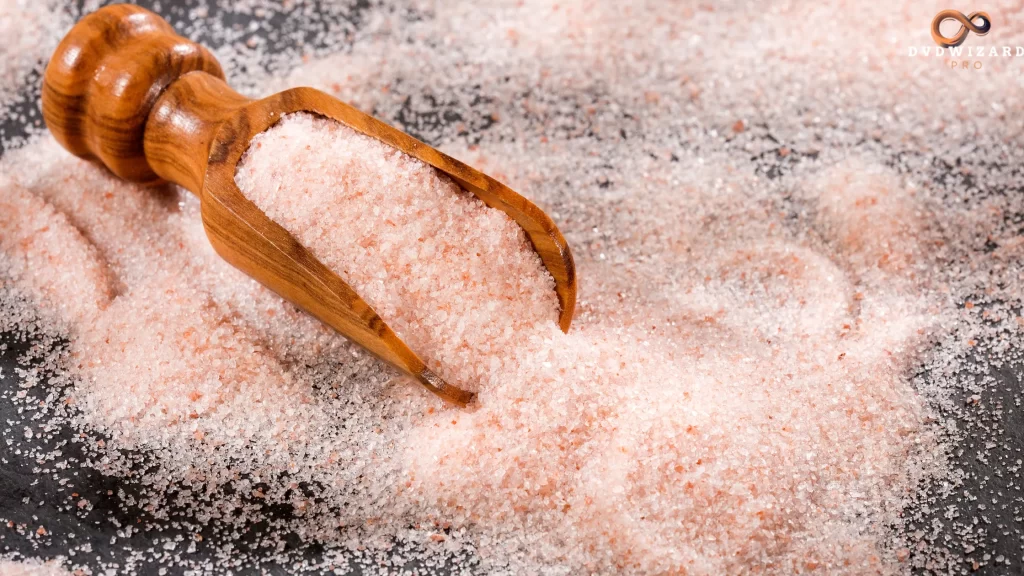
While Pink Salt is popular among health-conscious individuals, several myths exist:
1. Does It Contain More Minerals Than Sea Salt?
Although Himalayan salt may contain trace minerals, the difference in mineral content is minimal compared to sea salt. Both salts include sodium chloride, with slight magnesium, calcium, and potassium variations. The overall nutritional benefits between the two remain nearly the same.
2. Is It Truly Better for High Blood Pressure?
Pink Himalayan salt instead of regular Salt is popular but does not significantly reduce sodium intake or lower blood pressure. The sodium content per teaspoon is nearly the same in both salts, so excessive use can still impact health. While it contains trace minerals, they are not high enough to make a major difference.
3. Does It Detoxify the Body?
Some say Himalayan salt detoxes the body, but no scientific studies prove it effectively removes toxins. The body naturally detoxifies through the liver and kidneys, misleading external detox claims. While Himalayan salt may support hydration, it does not have special properties for toxin removal.
Pink Tibetan Salt vs. Other Salts
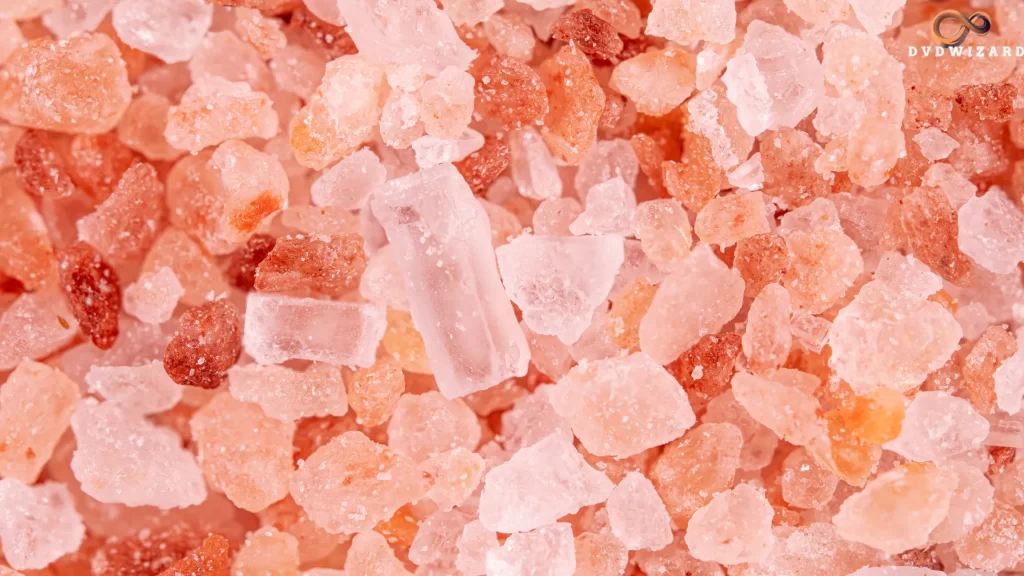
1. Pink Tibetan Salt vs. Himalayan Pink Salt
- Himalayan salt is a type of rock salt mainly sourced from Pakistan, whereas Pink Tibetan Salt is from the Himalayan region.
- Both have a beautiful pink hue due to trace minerals.
- Their sodium per teaspoon is nearly identical.
2. Pink Tibetan Salt vs. Sea Salt
- Sea salt comes from evaporated seawater, while Pink Tibetan Salt is harvested from rock formations.
- Salt is often refined in table salt, but sea salt and Pink Tibetan Salt remain minimally processed.
3. Pink Tibetan Salt vs. Regular Table Salt
- Regular table salt contains iodine, which helps prevent iodine deficiency.
- Pink Salt contains trace amounts of minerals but lacks added iodine.
- The amount of sodium per teaspoon is comparable in both.
How to Use Pink Tibetan Salt in Your Diet
1. Cooking and Seasoning
- Pink Tibetan Salt can be used as a salt grinder option for seasoning.
- Salt use depends on personal preference rather than health benefits.
2. Detox Drinks and Water Therapy
- Some people mix Himalayan pink salt or Pink Tibetan Salt in water for hydration.
- It has similar amounts of sodium, so moderation is key.
3. DIY Skincare and Bath Applications
- Blocks of Pink Tibetan Salt can be used for skincare.
- Saltwater baths may provide relaxation benefits.
Also Read: Jamaican Green Sauce: A Flavorful Caribbean Seasoning Blend
Pink Tibetan Salt: Is It a Better Choice for Your Health?
Pink Tibetan Salt is a natural alternative to regular Salt, much like Himalayan salt, but its health benefits are often exaggerated. While it contains trace minerals, they are in small amounts and do not offer major advantages.
The sodium content per teaspoon is similar to table salt, so moderation is key. Choosing Pink Himalayan Salt or sea salt should be based on taste rather than health claims. Maintaining a balanced diet and managing salt intake is essential for overall well-being.

